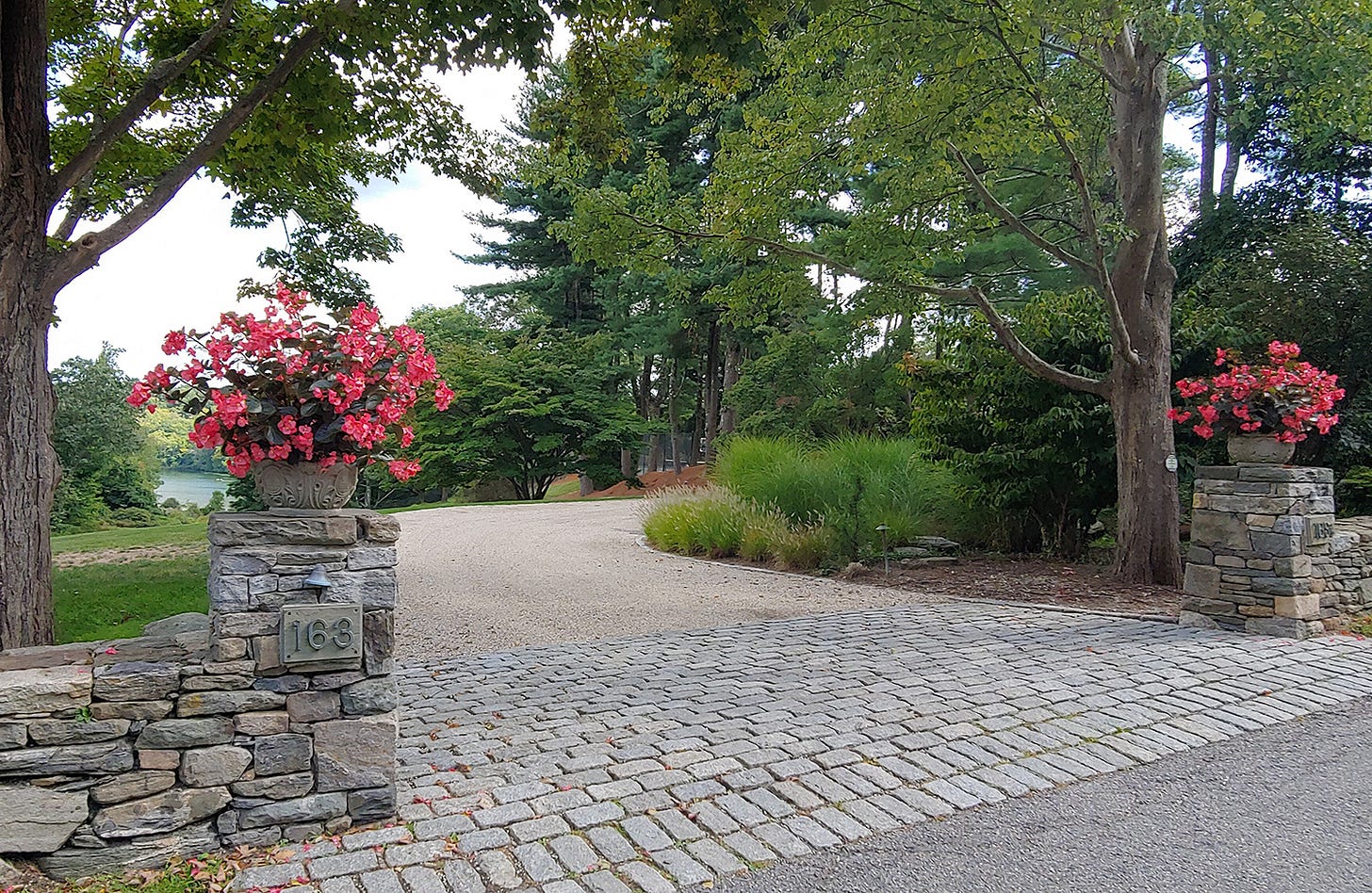
Planters filled with flowers inject color and grace to any outdoor setting. An effective display technique is elevating the planter to make it more noticeable. My favorite planter locations are atop walls, on steps, or set high on a stand or pedestal. The idea is to raise the pot off the ground— sitting on anything— to show it off.
This is not a new idea. In the 19th century, Victorians elevated their potted plants on lightweight, decorative wire stands. That charming tradition has resurfaced today, seen in both vintage wire plant stands and sleek modern metal holders. The range of styles is remarkable—spanning from whimsical to minimalist and contemporary.
There are other reasons for elevating you pots besides showing it off. Raised planters bring flowers closer to eye level, allowing their colors and textures to be better appreciated—especially for trailing or delicate blooms. I suggest that you use smaller flowers for this reason - no large petunias, try the smaller Million Bells instead.
Also planters that are raised up allow you to vary heights in a garden and create dynamic layers. This makes a space feel more thoughtfully composed.
Lastly, elevated planters are easier to reach for watering, pruning, and maintenance—especially helpful for those with limited mobility.
A simple way to elevate planters is to place them on posts, walls, or steps. I especially love arranging pots along a series of outdoor steps for a charming, tiered effect—“pot upon pot.” They don’t need to match; in fact, a mix of styles and sizes often looks more playful and eclectic.

A quick design tip: avoid placing a planter that’s too large or too small on a wall or pedestal. If the scale feels off, the arrangement can look awkward. Also, keep styles consistent—a sleek modern planter pairs well with a contemporary stand, while a traditional urn may feel out of place in the same setting.
Keep reading with a 7-day free trial
Subscribe to Gardentopia to keep reading this post and get 7 days of free access to the full post archives.



